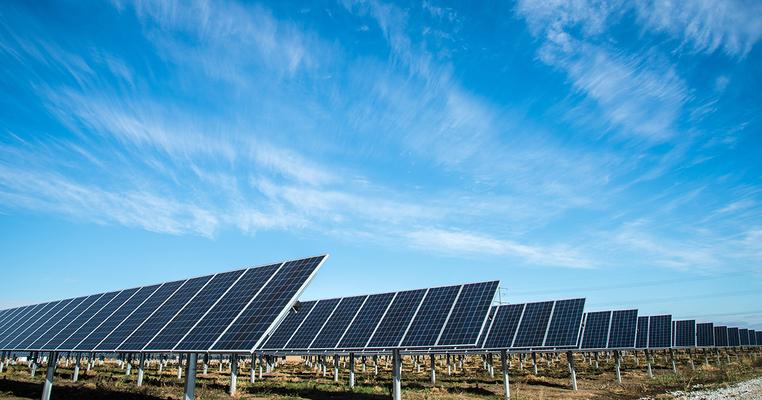
America’s Clean Energy Future is Within Reach
This op-ed was originally published at impactingourfuture.com.
It’s easy for Americans today to look at the climate crisis unfolding across the country and feel discouraged. California is in flames (again). Farming families from Minnesota to Iowa are staring at billions in damages after record floods swallowed homes and entire crops. Meanwhile, the federal government won’t even admit there’s a problem.
But today, there are even more reasons for hope.
First, Americans are committed to solving this crisis – with or without the federal government. City and state governments in Red and Blue States alike have stepped up to fill the void with their own bold and ambitious commitments. The country’s most well-known businesses have embraced science-based targets to curb their emissions and decarbonize their supply chains. Students and activists around the country have taken to the streets to demand action in the largest climate demonstrations the world has ever seen. And polls show that seven out of 10 Americans support government action on climate.
Second, the tools to halt rising temperatures and end the crisis are here now. Most compellingly, a dramatic clean energy revolution is already under way, ushering in the energy system of the future – one that is affordable, resilient, reliable, integrated, and diversified, thanks to renewables like wind and solar.
What’s driving this revolution isn’t government policy but simple market forces, powering an unstoppable shift away from the fossil fuels that choke our air and waterways and accelerate global warming. Between 2009 and 2017, solar and wind energy prices dropped precipitously, to the point where in 2018, electricity generated from utility-scale solar projects was less than half the price of power from coal plants.
The result is that transitioning to clean energy will actually save us money. Studies have shown that clean energy portfolios will be cost competitive with new natural gas plants soon – and with current plants by 2030. Many already are. Other recent studies have shown that we could lower the cost of electricity for millions by replacing 74 percent of operating coal plants with wind and solar plants.
The bottom line is that renewables aren’t just the right choice – they’re the smart choice too. As the cost of these technologies falls, it becomes harder for the entrenched polluters to peddle their dirty fuels. And even though the Trump Administration continues to do everything in its power to prop up these failing industries and roll back critical regulations protecting our environment and our health, the march toward a brighter, cleaner future goes on.
Cities, states, and countries are barreling ahead and going all-in on clean energy. California has installed enough solar to power over 6 million homes. Texas – in the heart of oil country – leads the country in wind energy capacity.
This picture is part of a global trend. In 2018, some 12 countries – including Costa Rica, Nicaragua and Uruguay – met 10 percent or more of their annual electricity consumption with wind power. In Uruguay, for instance, some 33 percent of the annual electricity consumption was supplied by wind.
The clean energy transition not only makes economic sense for consumers, but is also a powerful job creator. In the United States, solar PV installer is expected to be the single-fastest growing occupation through 2026. The second fastest? Wind turbine service technician. Globally, the solar PV industry alone employed some 3.4 million people worldwide, and the wind industry employed some 1.2 million people in 2017.
Furthermore, this clean energy transition presents a major opportunity to tackle inequality and create a truly inclusive economy. Renewable industry jobs like solar installer and wind turbine technician are good, blue-collar jobs that pay fair living wages. And rather than cost jobs, renewables offer former fossil fuel workers green careers with a future, all in a sector with huge growth potential.
Renewable industry jobs also open the door to those who so often left out of economic opportunities in this country: a quarter of American solar jobs are currently filled by minorities, more than a quarter by women, and nearly 10 percent by veterans.
And while the market dynamics are favorable and the momentum is on our side, we still have work ahead to realize the clean energy system and the future we want. Naysayers will point out intermittency issues with wind and solar, citing cloudy and still days as potential problems with large-scale renewable deployment. But the truth is that integrated systems that include smart electricity management tools – like energy storage and distribution over larger geographic regions – are highly reliable and able to keep the lights on 24/7. In fact, several regions in the United States already have such systems in place.
America’s clean energy future is within reach. All we need to do is seize the opportunity.

